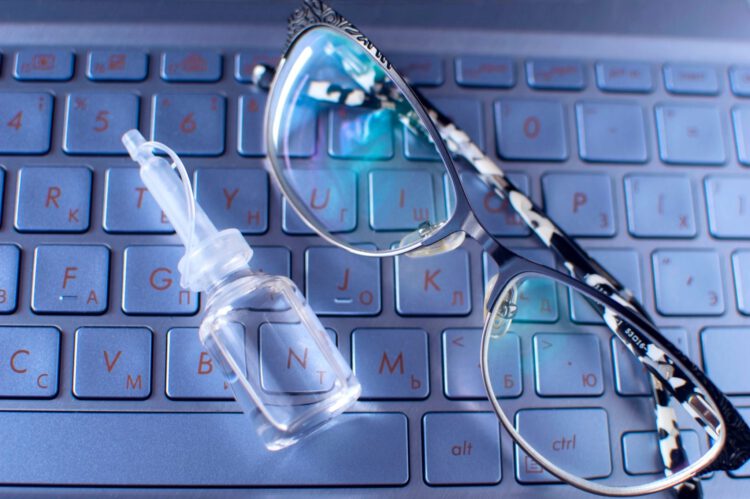Dry Eyes

Dry Eye Syndrome
Dry eye syndrome is one of the most common problems treated at the MidWest Eye Center in Cincinnati Ohio. Dry eye is usually caused by a problem with the quality of the tear film that lubricates the eyes.
What are the symptoms?
A multitude of symptoms can affect patients with dry eyes. Some of these include burning sensations and redness; a feeling of sandiness or gravel in the eyes; vision that fluctuates with blinking; contact lens intolerance; excessive tearing.
No matter what kind of symptoms you have, they’re typically worse later in the day. They can also worsen during reading, computer use, driving at night and watching television. Any activity that involves focusing your eyes can contribute to your eyes experiencing more symptoms. You may also notice increased symptoms in windy, dry environments, office buildings or when on an airplane.
What Causes Dry Eyes?
Dry eyes occur when too few tears are produced or when the tears produced do not function normally. In either case, dry spots form on the outer surfaces of the eye. In most cases, there is no underlying disorder behind the dry eye. In some cases, dry eyes are associated with allergies, thyroid disease, arthritis and other connective tissue disorders.
How Are Dry Eyes Treated?
Although dry eyes cannot be cured, artificial tears in drop or ointment form are frequently effective in treating dry eyes. Patients can benefit from the use of humidifiers in their home or office, and side shields on their eyeglasses.
Spectacle lenses should be treated to protect the surface of the eye from harmful ultraviolet and infrared radiation. In many cases, temporary or permanent closure of the tear drains helps preserve the natural moister layer of the eye. In severely dry eyes, combinations of all these treatment options may be necessary.
Recently introduced, the punctal plug, also known as tear duct plug or lacrimal plug, is a small medical device that is inserted into the tear duct (puncta) of an eye to block the duct. This prevents the drainage of liquid from the eye. This can aid in the treatment of dry eye. Artificial tears are usually still required after punctal plug insertion.





